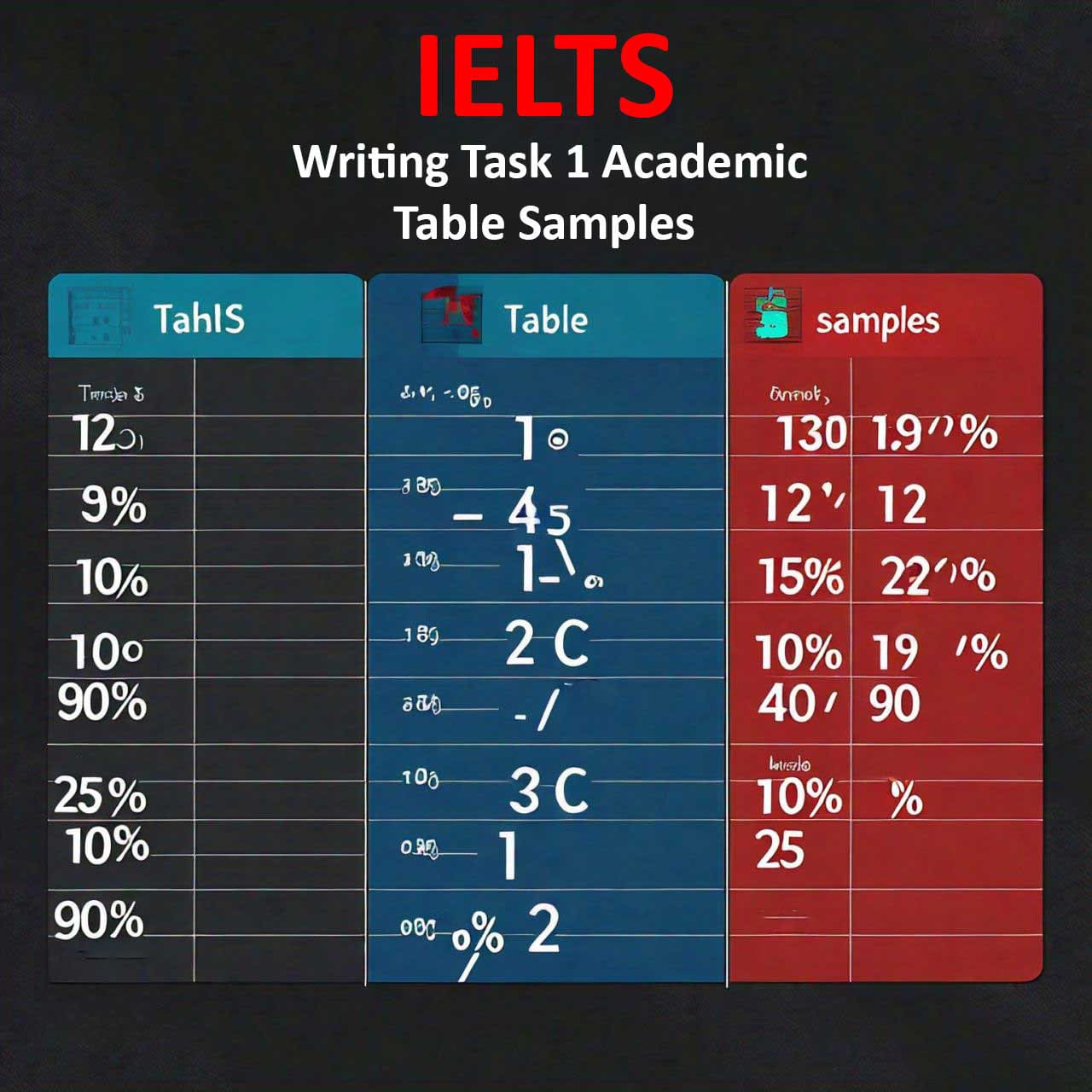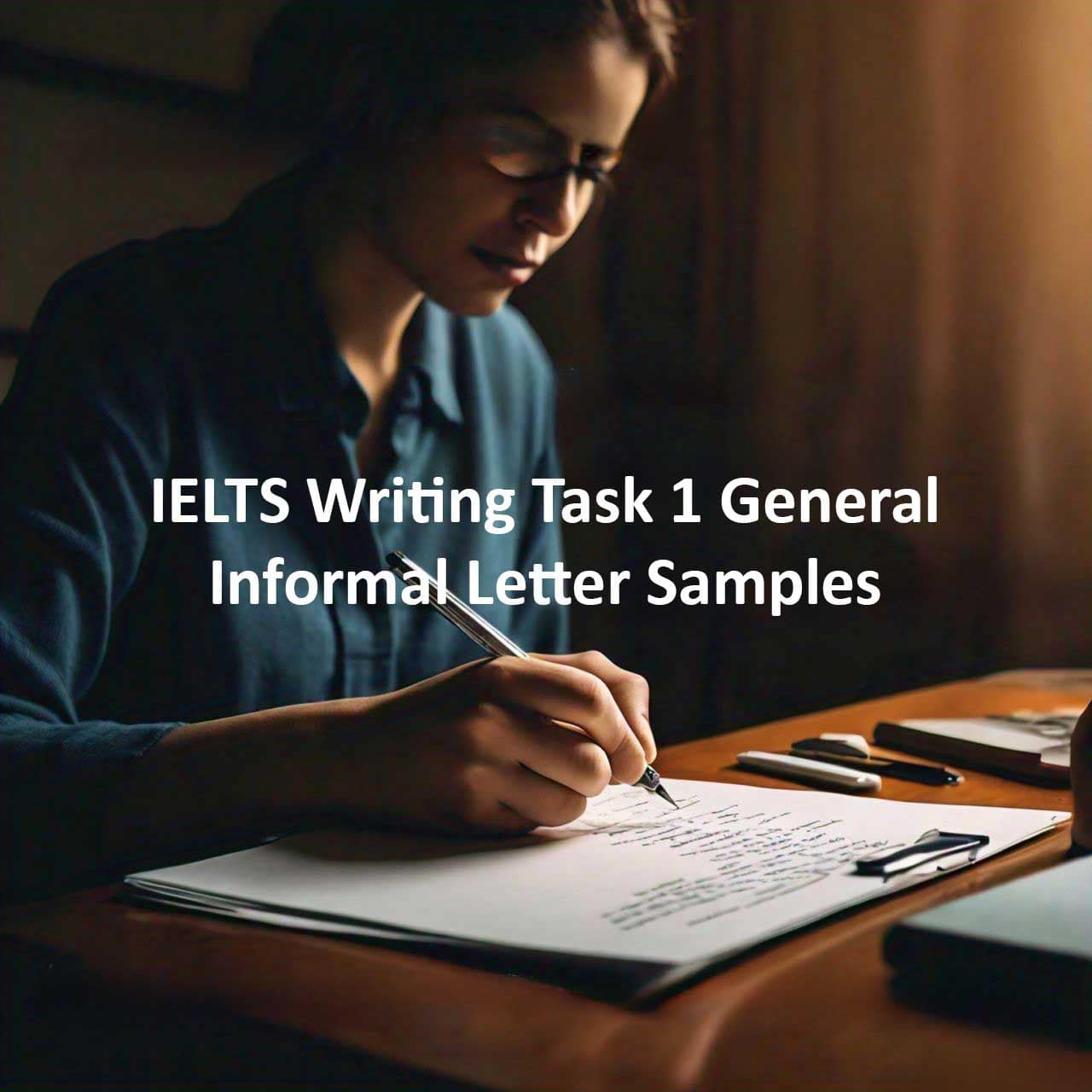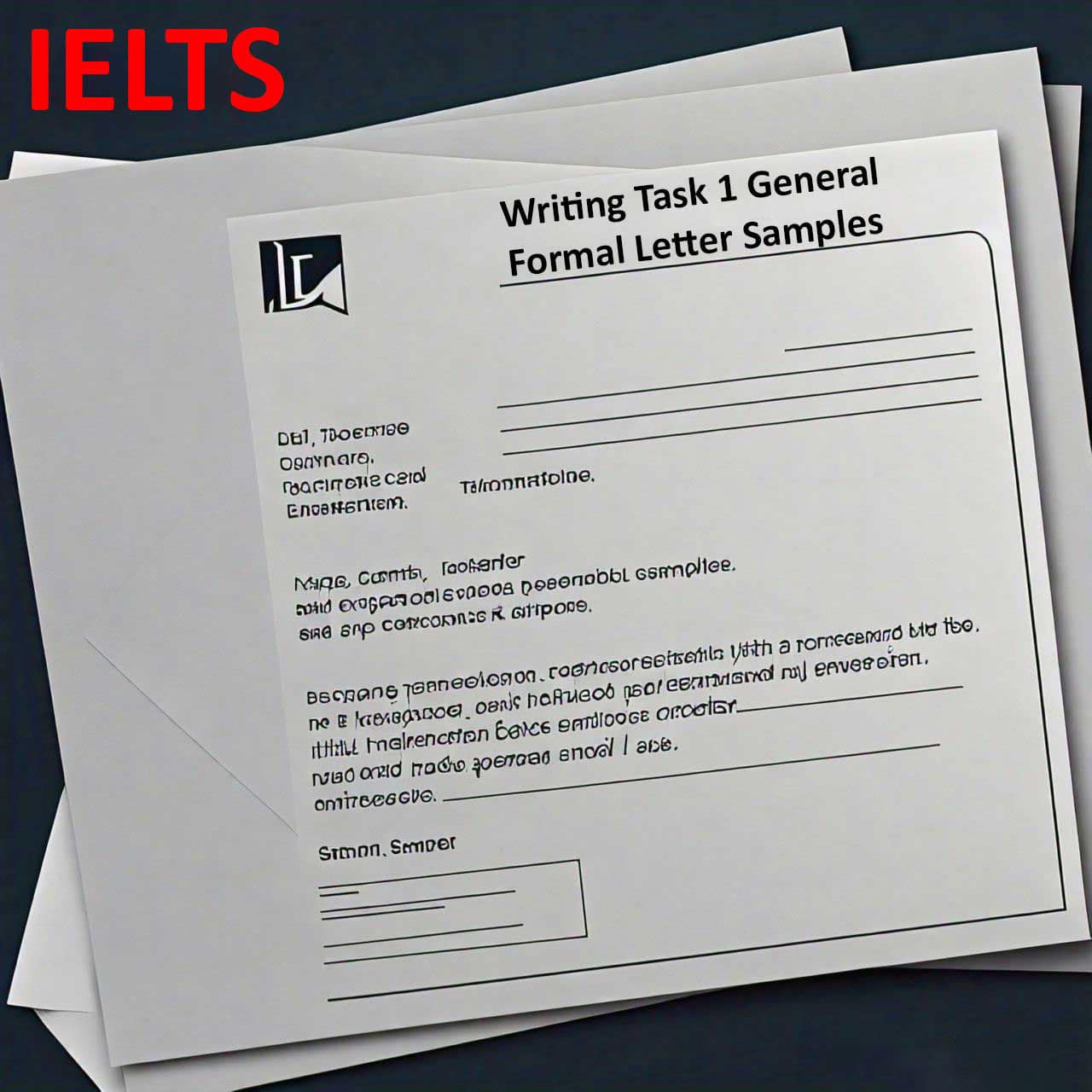In the IELTS Writing Task 1 Academic module, candidates are required to describe and interpret visual data presented in the form of graphs, charts, tables, or diagrams. Among these, tables are a common type of visual data that present information in rows and columns, showing comparisons, categories, or trends. This task assesses your ability to accurately report information, identify key trends or patterns, and describe relationships between different data points. In this blog post, we will explore the format of IELTS Writing Task 1 Academic tables, provide sample responses, and offer tips to help you excel in this section of the exam.
Table of Contents
Understanding IELTS Writing Task 1 Academic Tables
A table in the IELTS context typically presents data in rows and columns, with each row representing a category, and each column representing different aspects or time periods. Tables may include numerical data, percentages, or other types of information for comparison. Your task is to summarize the information presented in the table, identify significant trends or patterns, and make comparisons where relevant.
Key Components of an IELTS Writing Task 1 Academic Table
1. Title: Describes the main topic or subject of the table.
2. Rows and Columns: Rows represent categories or groups, while columns represent different aspects or time periods.
3. Data Cells: Individual cells within the table contain specific data points, numerical values, percentages, or other information.
4. Headers and Footnotes: Headers provide labels for rows and columns, while footnotes may provide additional context or explanations.
Now, let’s look at some sample prompts and corresponding responses for IELTS Writing Task 1 Academic tables:
Sample Table Samples
Prompt: The table below shows the sales figures for a company’s products in different regions over a year. Summarize the information by selecting and reporting the main features and make comparisons where relevant.
Sample Response:
The table provides an overview of the sales figures for a company’s products in various regions over the course of a year.
Overall, Region A reported the highest total sales of $500,000, with Product C contributing the most at $200,000. Region B followed closely with total sales of $450,000, primarily driven by Product B with sales of $180,000.
Product A showed consistent performance across all regions, with sales ranging from $50,000 to $70,000. In contrast, Product D had varying sales figures, ranging from $30,000 in Region B to $90,000 in Region C.
Region C, despite having the lowest total sales of $400,000, demonstrated the highest diversity in product performance. Product D generated the highest sales of $90,000, while Product A contributed the least at $50,000.
In conclusion, the table highlights the regional sales distribution and product performance for the company, showcasing varying levels of sales across different regions and products throughout the year.
Prompt: The table below shows the average household expenditures on various categories in three different countries. Summarize the information by selecting and reporting the main features and make comparisons where relevant.
Sample Response:
The table compares average household expenditures on different categories in three countries.
Overall, Country A had the highest average expenditure across all categories, totaling $4,000 per month. Housing expenses accounted for the largest portion at $1,500, followed by Transport and Food, each averaging $1,000.
In Country B, average household expenditure was notably lower at $3,500 per month. Food expenses were the highest at $1,200, while Housing and Transport expenditures were relatively lower at $1,000 each.
Country C showed the lowest average household expenditure of $3,000 per month. Transport costs were the highest at $1,200, followed by Housing and Food, each averaging $900.
In terms of individual categories, Housing expenses were consistently the largest expenditure in all three countries, reflecting its universal importance in household budgets.
In conclusion, the table provides insights into average household expenditures across different categories in three countries, highlighting variations in spending patterns and priorities among households.
Tips for Excelling in IELTS Writing Task 1 Academic Tables
1. Understanding the Prompt: Carefully read and understand the prompt to ensure you address all aspects of the task.
2. Analyzing Data: Identify and describe significant data points, trends, or patterns presented in the table.
3. Making Comparisons: Compare different categories, regions, or aspects presented in the table to highlight differences or similarities.
4. Organizing Your Response: Structure your response logically with an introduction (paraphrasing the prompt), body paragraphs (describing main features and comparisons), and a conclusion (summarizing key points).
5. Using Descriptive Language: Use a variety of descriptive language to accurately portray the data and relationships shown in the table.
By practicing with these sample tables and following the tips provided, you can enhance your skills in describing and analyzing data for IELTS Writing Task 1 Academic. Regular practice, reviewing feedback from teachers or peers, and focusing on improving your coherence and accuracy will help you achieve success in this section of the exam. Best of luck!
This blog post aims to guide you through the process of effectively interpreting and describing tables for IELTS Writing Task 1 Academic, offering practical examples and actionable tips to boost your preparation and confidence on test day.



